Understanding Sliding Partition Walls
What are Sliding Partition Walls?
Sliding partition walls are versatile architectural elements that allow for easy reconfiguration of spaces without the need for permanent structural changes. These walls can glide effortlessly along tracks, enabling users to create or eliminate boundaries between different areas within a room, offering both flexibility and functionality. Often found in homes, offices, and commercial spaces, a sliding partition wall can take various forms, from lightweight curtain dividers to more robust framed systems that provide insulation and sound-proofing.
Key Benefits of Sliding Partition Walls
Sliding partition walls deliver a multitude of benefits, making them an attractive choice for modern design:
- Space Efficiency: Sliding walls occupy minimal space when opened, maximizing usable area in small rooms.
- Flexibility: They can be adjusted based on changing needs—ideal for multipurpose rooms.
- Acoustic Control: Many systems offer sound insulation, making them suitable for conference rooms and shared living areas.
- Cost-Effective: Unlike permanent walls, sliding partitions can be a more economical solution for creating distinct areas without extensive renovations.
- Aesthetic Appeal: These partitions come in various designs and materials, enhancing interior decor while serving practical purposes.
The Mechanism Behind Sliding Partition Systems
The operation of sliding partition systems generally relies on a track mechanism that allows the wall to move smoothly from one position to another. Typically, these tracks are either wall-mounted or ceiling-mounted, providing stability and ease of use. Depending on the design, users can pull the wall open or closed manually or through motorized systems that add further convenience. The mechanism features rollers or gliders that minimize friction and wear, ensuring a long-lasting, functional installation.
Types of Sliding Partition Walls
Material Options for Sliding Partition Walls
Several material options are available for sliding partition walls, each offering unique benefits:
- Glass: Glass partitions create a sense of openness and light while still providing separation.
- Wood: Wood partitions add warmth and a natural aesthetic, suitable for both rustic and modern designs.
- Metal: Steel or aluminum options offer durability and modern finishes, often used in commercial spaces.
- Fabric: Fabric partitions are lightweight and easy to move, providing a more casual solution for dividing spaces.
Design Styles for Contemporary Spaces
Sliding partition walls are not just functional; they can also enhance the aesthetic of a space. Different styles can cater to various design themes:
- Modern Minimalist: Sleek, frameless glass panels create a clean and unobstructed flow.
- Industrial: Features like exposed metal and rustic wood bring a raw, edgy feel to office spaces.
- Traditional: Paneled wooden designs can complement classic interior decor, blending seamlessly with more ornate features.
Acoustic vs. Non-Acoustic Sliding Partition Walls
When selecting a sliding partition, considering acoustic properties is essential, especially in commercial environments. Acoustic sliding partitions are designed with soundproofing materials that effectively dampen noise transmission, making them ideal for conference rooms, studios, and residential areas requiring privacy. Non-acoustic partitions, while lighter and often less expensive, may not provide the necessary insulation for noise-sensitive settings.
Installation Considerations for Sliding Partition Walls
Preparing Your Space for Sliding Partitions
Before installation, it’s crucial to assess the space where the partition will be placed. Consider factors such as the ceiling height, wall integrity, and available tracks. The area should be properly measured to ensure the partition fits as planned. Additionally, ensure that adjacent furniture or decor won’t obstruct the operation of the sliding wall.
Professional vs. DIY Installation: What to Choose?
The choice between professional installation and DIY depends on several factors:
- Complexity: If the installation involves intricate track systems or requires structural alterations, hiring a professional might be the safest option.
- Experience: Individuals with carpentry skills or experience in home improvement may opt for a DIY approach to save costs.
- Time: Professionals can often complete installations more quickly, minimizing disruption to the living or working environment.
Maintenance Tips for Long-Lasting Usage
To ensure that sliding partition walls maintain functionality and appearance, regular maintenance is essential. Here are some tips:
- Inspect the track system periodically for debris or damage that could hinder movement.
- Clean the surfaces of the partition material to prevent buildup of dust and dirt.
- Lubricate the moving parts of the mechanism as recommended by the manufacturer to ensure smooth operation.
Designing Spaces with Sliding Partition Walls
Incorporating Sliding Partitions in Residential Interiors
Sliding partitions are an excellent way to enhance the functionality of homes, particularly in open-concept designs. They can separate dining areas from living spaces, provide privacy in bedrooms, or even be used to create a dedicated workspace within a larger room. By implementing customizable options, homeowners can create dynamic environments suited to their evolving needs.
Utilizing Sliding Walls in Commercial Environments
In commercial settings, sliding partition walls facilitate collaboration and flexibility. For instance, in offices, they can be used to create temporary meeting spaces, accommodating a range of configurations based on the number of participants. Additionally, in hospitality settings, such as hotels and restaurants, these partitions can be used for event spaces that require quick transformations.
Color and Material Coordination with Partition Walls
Design coherence is essential when selecting colors and materials for sliding partition walls. It’s vital to ensure that the chosen materials complement existing decor and architecture. For example, a glass partition may enhance a sleek, modern space, while wooden features could add warmth to a more rustic setting. Moreover, color choices should align with the overall color palette of the area to maintain a unified aesthetic.
Future Trends for Sliding Partition Walls
Smart Technology Integration in Sliding Partition Systems
With the rise of smart technology, new innovations are emerging that integrate electronic systems with sliding partitions. Automated solutions enable users to control the opening and closing of partitions through apps or voice commands. This futuristic approach not only enhances convenience but can also improve energy efficiency in commercial buildings by allowing for dynamic space allocation based on occupancy.
Sustainable Materials in Sliding Walls
As sustainability becomes increasingly important in interior design, manufacturers are exploring eco-friendly materials for sliding partition walls. Options include reclaimed wood, recycled metals, and low-VOC finishes, which reduce harmful emissions. By opting for sustainable materials, businesses and homeowners alike can contribute to a healthier planet while maintaining aesthetic and functional integrity.
Innovative Applications of Sliding Partition Walls
The applications for sliding partition walls are continually evolving. In addition to standard uses, innovative designs are being employed for temporary art installations, trade shows, and even pop-up stores, where flexibility is crucial. Some manufacturers are also experimenting with translucent materials that can change appearance with lighting, further expanding the potential for dynamic installations.
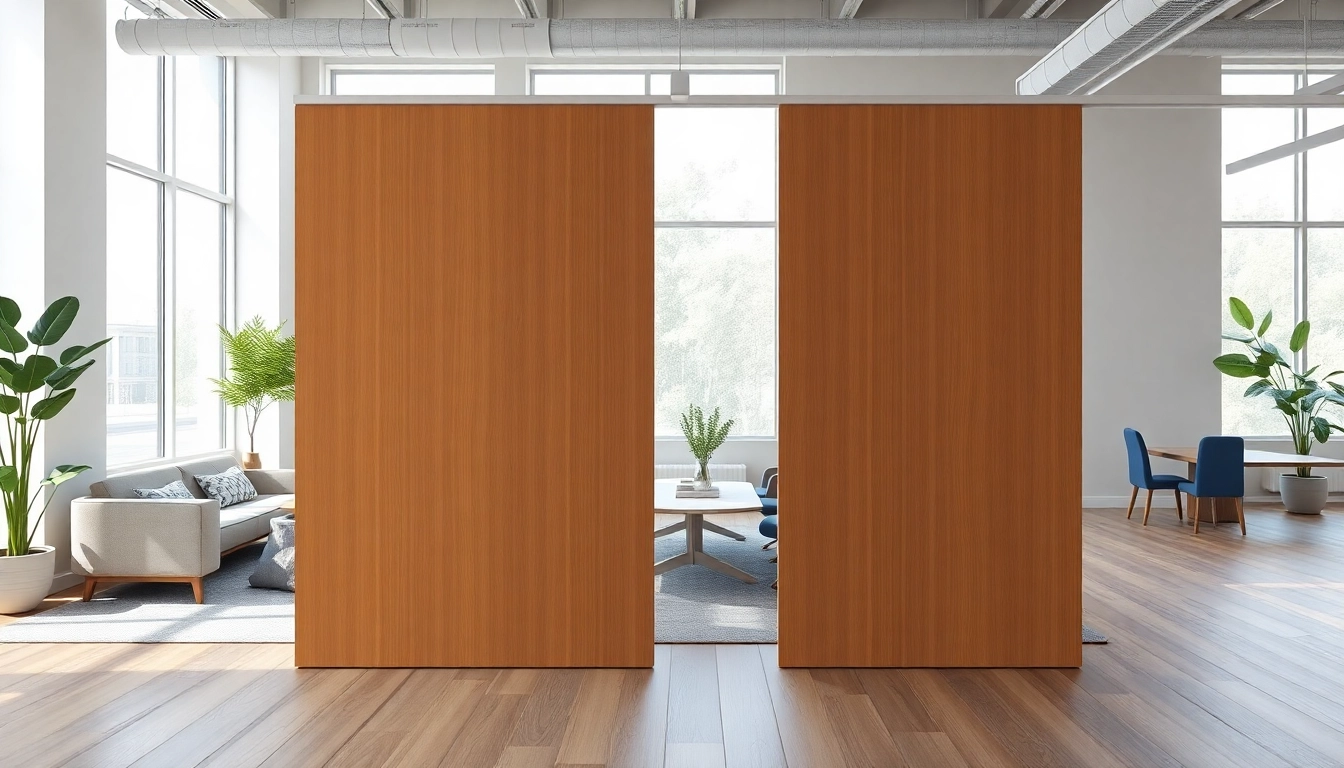
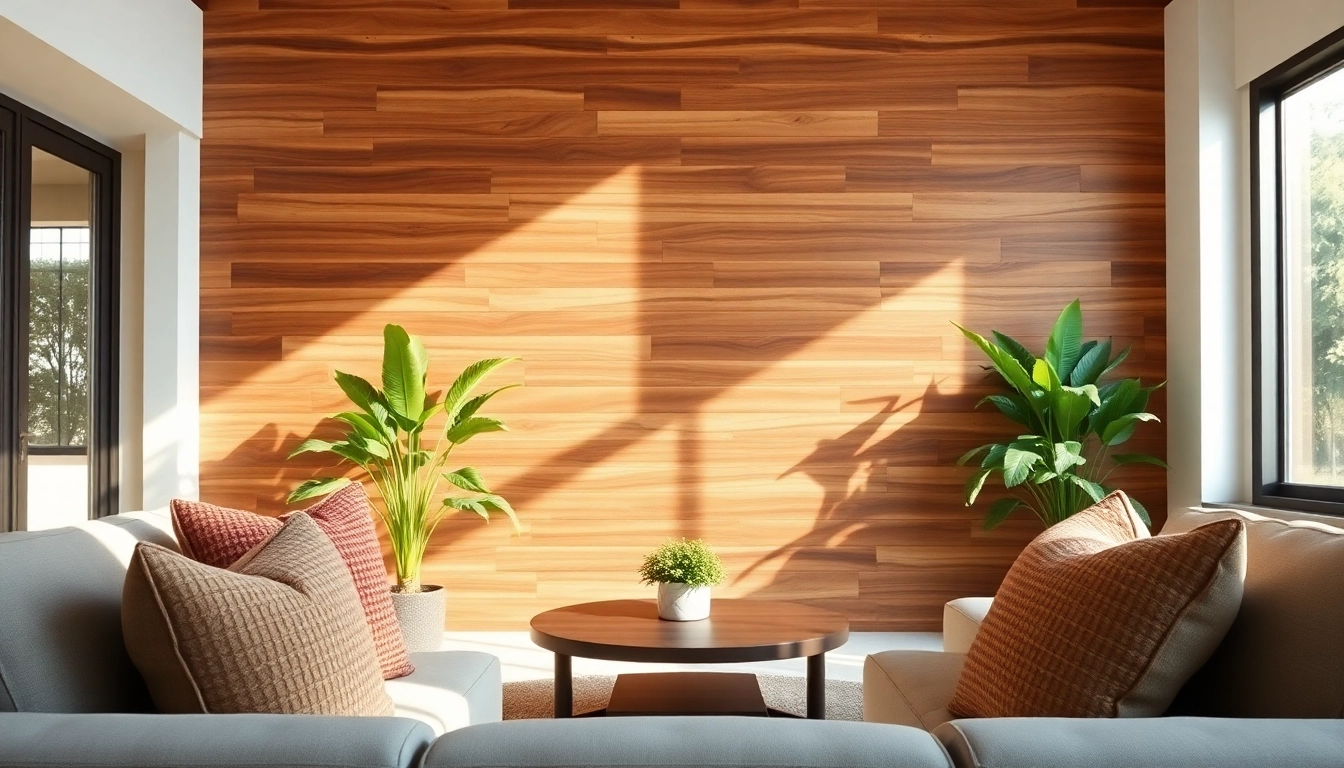
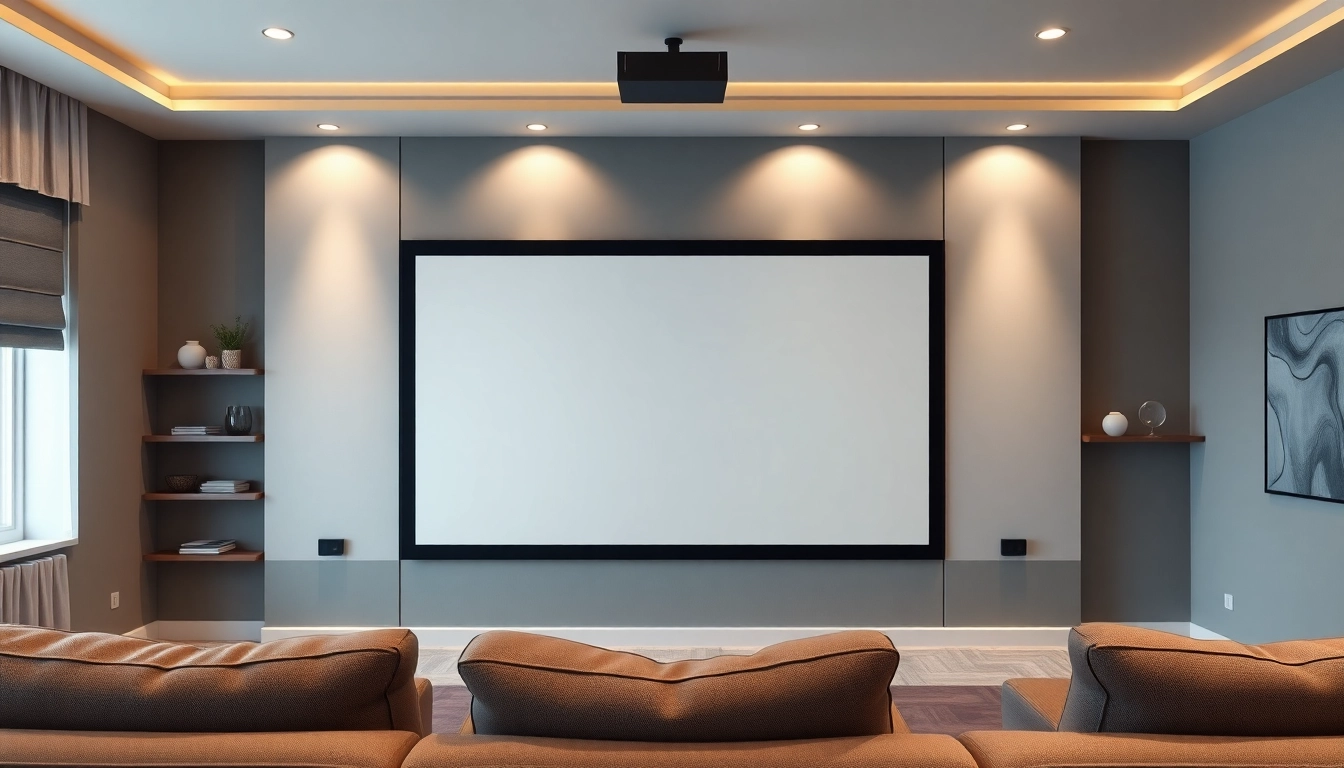
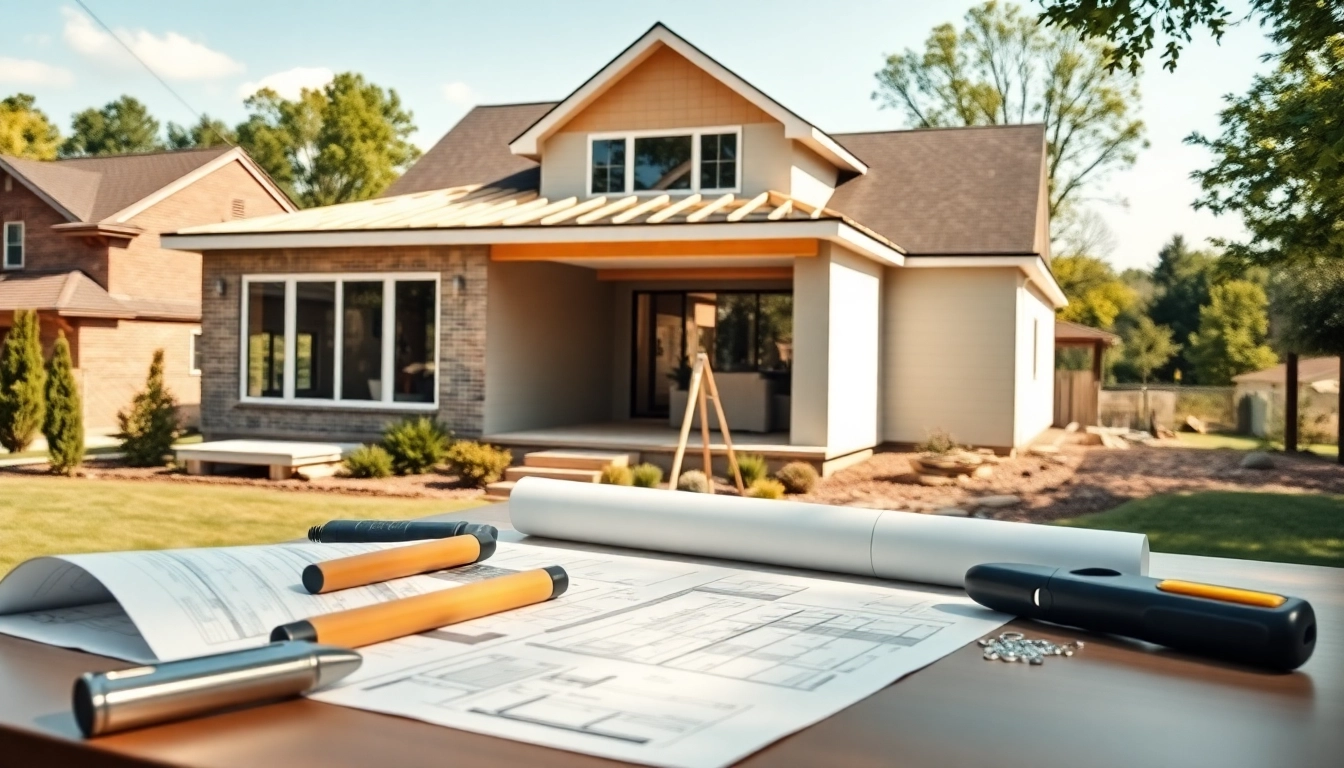


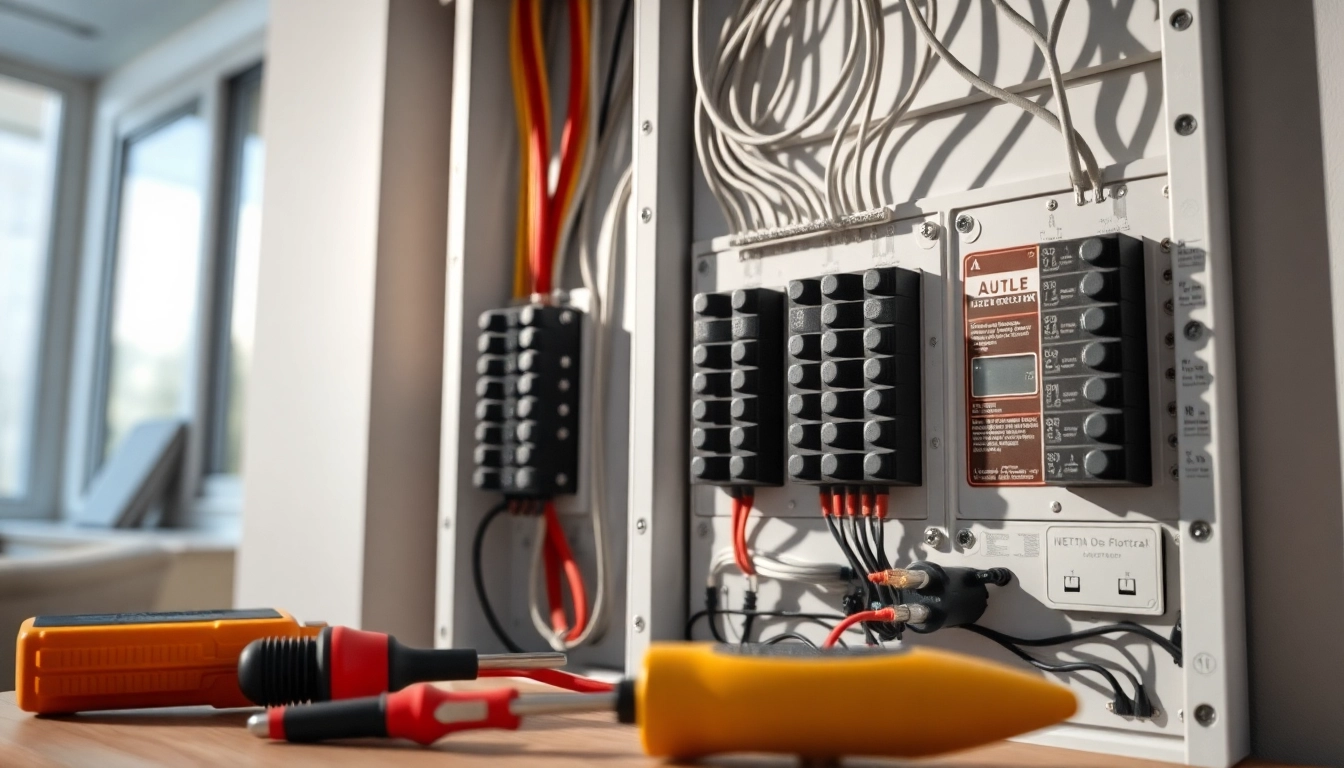



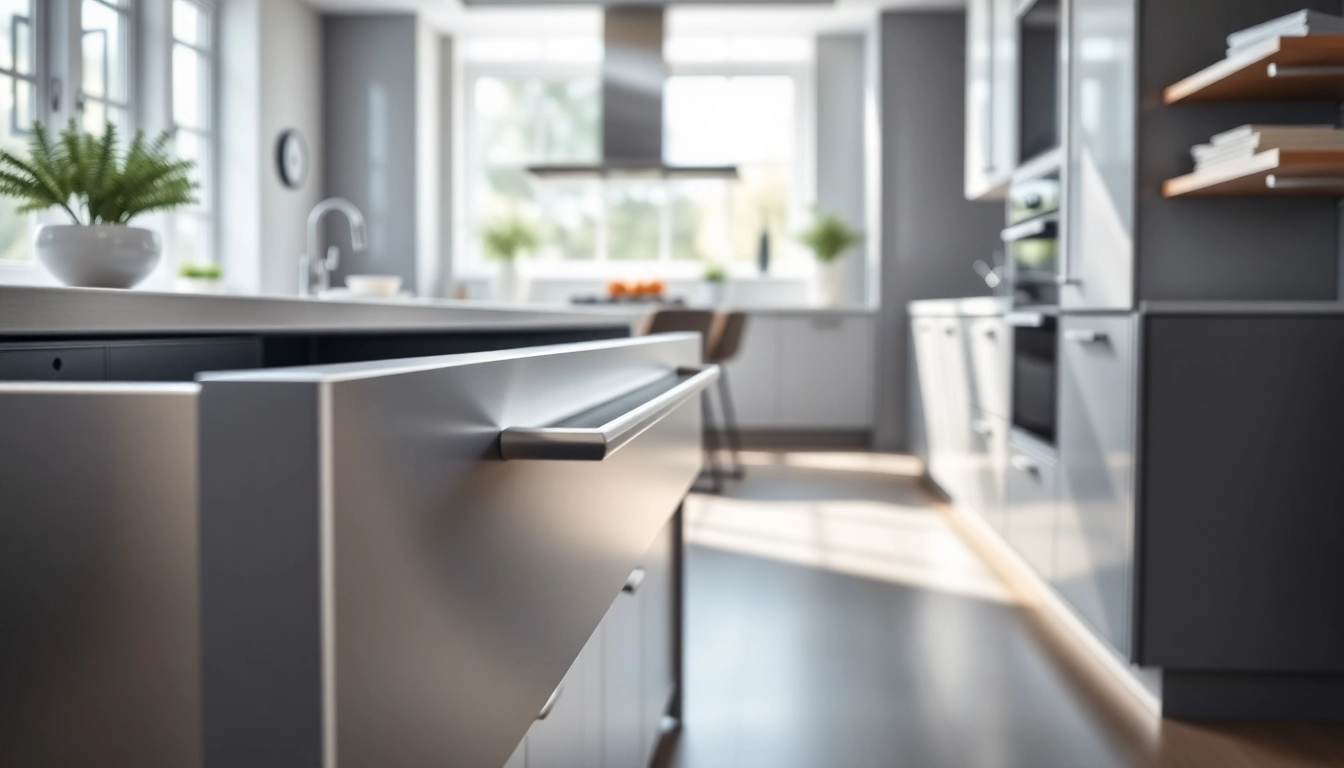


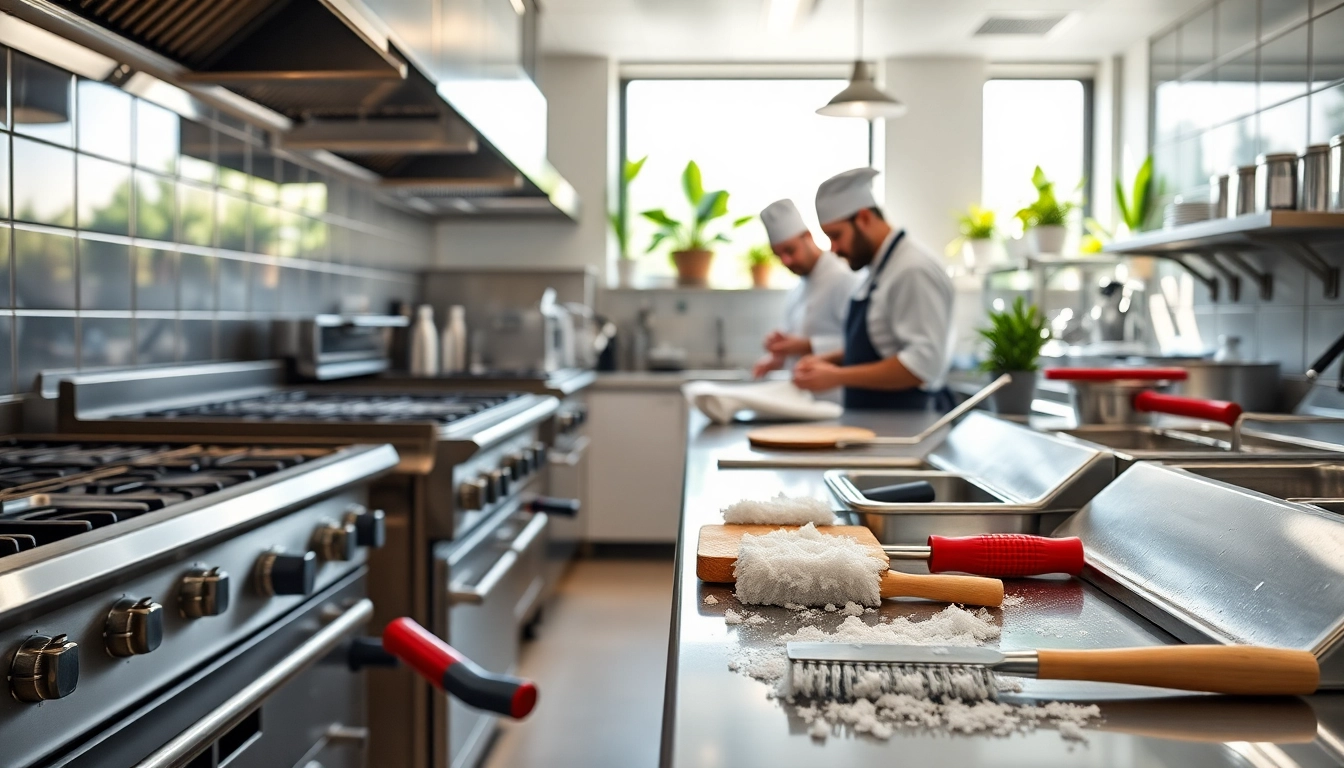
Leave a Reply